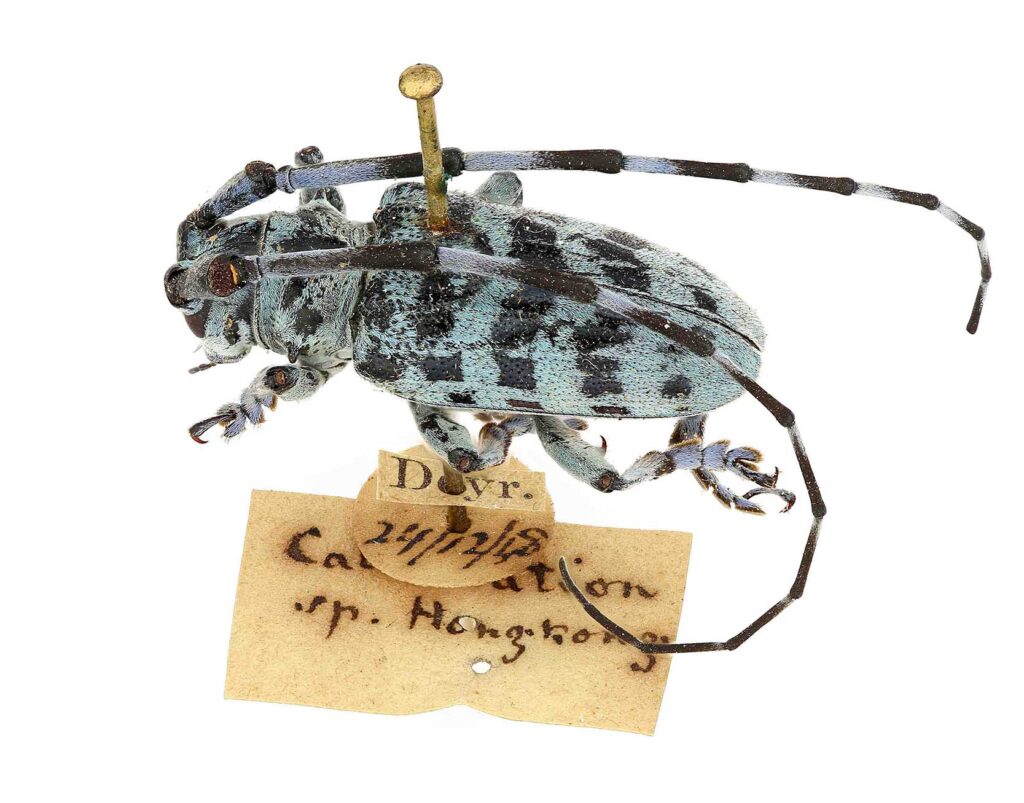Tuesday, May 11 th
Virtual Zoom Meeting
07:30 PM EST
Join Zoom Meeting Here
Target enrichment adds value to history: Phylogenomic studies of longhorned beetles using museum specimens
Sang Il Kim
CEC President
Ph.D. Candidate, Department of Organismic and Evolutionary Biology, Harvard University

An accurate understanding of species diversity and their phylogenetic history is fundamental to studies of biodiversity and evolutionary ecology. With over 400,000 species accounting for nearly a quarter of all known metazoan species, beetles represent the most species-rich group of all animals. The sheer number of extant species, however, hinders our efforts to reconstruct a robust phylogeny of most beetle groups, due to a practical limitation in obtaining freshly collected materials for all of the constituent species under investigation. With the advent of high-throughput sequencing technologies that have facilitated data collection from even fragmented DNA, historical museum specimens in entomological collections have become increasingly accessible for phylogenomic studies. In particular, target enrichment using PCR-generated custom probes offers a promising tool for generating molecular data from historical specimens in a cost-effective manner. In this presentation, Sang Il will provide examples of how PCR-based target enrichment technique can be used to investigate the evolutionary history of various beetle groups. He will show the robustness and advantage of the method in generating sequence data that are sufficient for most systematic studies, particularly when the available samples are limited to historical specimens. He will then zoom into recent studies on the systematics and biogeography of longhorned beetles, and show how the data from both historical and recently collected specimens can be combined to successfully reconstruct a phylogeny of the Asian longhorned beetle and its relatives. He will also briefly discuss the ongoing comparative genomic study that aims to understand the genetic mechanism underlying these beetles’ adaptation to the temperate zone and what allowed them to be so successful in infesting a wide range of host plants in both their native and introduced habitats.
Sang Il Kim is a 6th year Ph.D. student in the Department of Organismic and Evolutionary Biology and the Museum of Comparative Zoology at Harvard University in Dr. Brian D. Farrell’s laboratory. He received his Bachelor’s and Master’s degrees from the same department at Harvard in 2015 and 2018, respectively, for his work on the systematics and biogeography of stag beetles (Lucanidae) worldwide and of Callipogon longhorned beetles (Cerambycidae: Prioninae). His current research interests include phylogenomics and comparative genomics of longhorned beetles with an emphasis on understanding the genetic basis of their adaptation to temperate habitats, such as through diapause and lowered host specificity.
In compliance with the COVID-19 social distancing guidelines, we are temporarily suspending all physical meetings and pre-talk dinner until further notice.
CEC meetings are normally held the second Tuesday of the month from October through May. The evening schedule typically includes an informal dinner (5:45 to 7:15 PM) followed by our formal meeting (7:30 – 9:00 PM). The latter begins with club business and is followed by a 60-minute entomology related presentation. Membership is open to amateur and professional entomologists.



